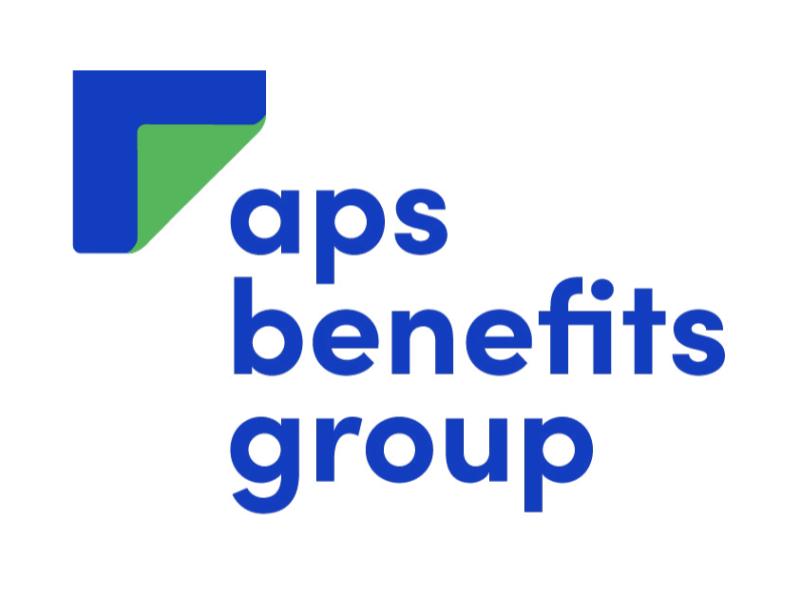
There are so many things to consider when choosing between a variable or a fixed home loan rate. If you are making this important decision, here are some key considerations to keep in mind.
What is the difference between fixed and variable rates?
With a fixed home loan rate, your payment for each month is locked in according to the interest rate at the time of signing your contract. This interest rate remains the same over the term you selected. With a variable rate loan, your interest rate changes according to the market conditions, meaning it could rise or fall.
Advantages of a fixed home loan rate
With a fixed rate, you will know exactly what your repayments will be, so budgeting and planning is a smooth process. Interest rate rises won’t affect you and if the variable interest rate rises above that of your fixed home loan rate, you are ahead. Fixed home loans rates are often an attractive option for those who prefer consistency and security in their repayment amount.
On the other hand, if you choose a variable rate, your interest rate will move with changes in market interest rates, resulting in differing repayment amounts during the term of your loan. This can potentially cause hardship if you are unable to keep up with rapid rises in interest rates when you aren’t expecting them.
Disadvantages of a fixed home loan rate
Changes in interest rates will not apply to you if you choose a fixed rate loan. If the variable interest rate falls below your fixed rate, you will not benefit.
If you want to make additional loan repayments, you will be limited with fixed rate loans. As a result, repayments may be capped at a low amount or only permitted with a fee. If you want the option to pay off your loan earlier or inject lump sums, a variable rate is going to be the best option for you.
Variable loans often have a redraw feature on any additional repayments or the ability to save on interest by setting up an offset account. If you would like this option, a variable rate home loan should serve your needs.
Combining a variable and fixed rate
Another option is to combine these two methods and have a part fixed, part variable interest loan. This allows you to manage some of the risks of interest rate rises while still being able to make extra payments.
Which option is right for you?
It is important that you think carefully about which option is going to suit you in the short and long term. Understanding the various features and fees associated with all options is the first step in making this important decision. APS home loans are available to APS Benefits Group members and non-members, Australia wide. A free initial interview with our financial planner and accountant is also available to all applicants. We want to make sure that you have all the relevant information and trusted support every step of the way.
Get in touch to learn more and to start your application!
